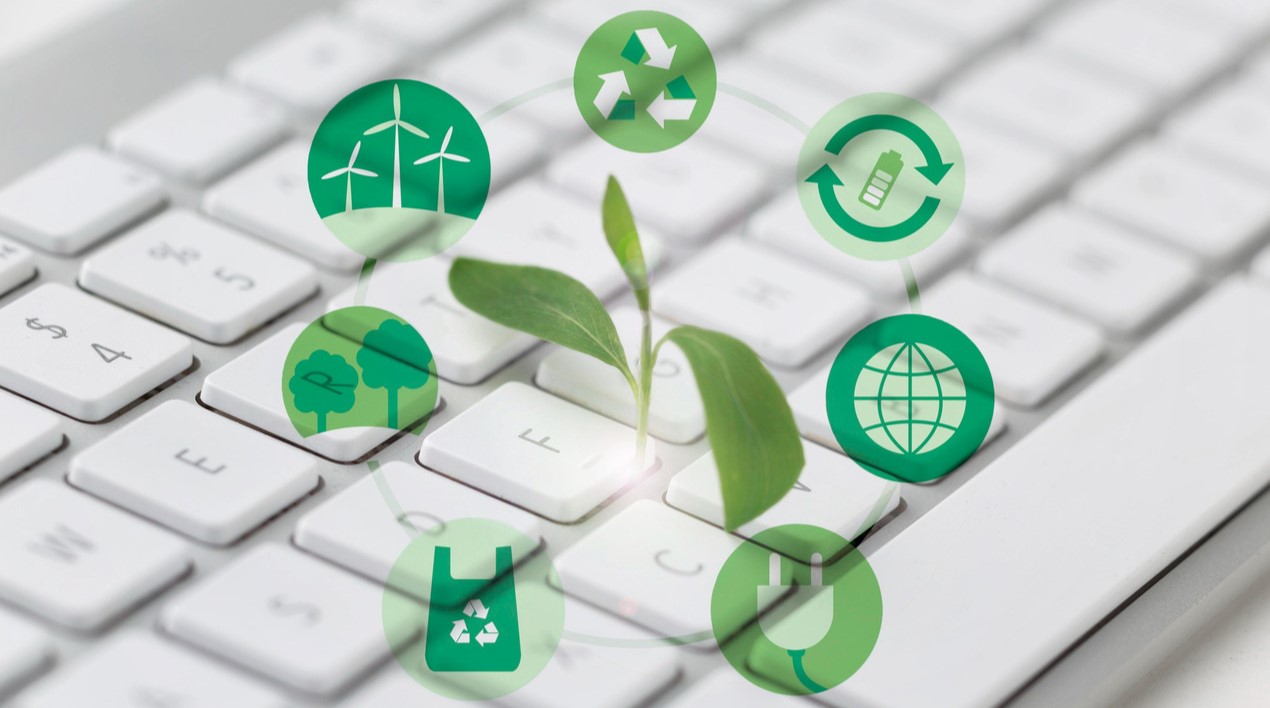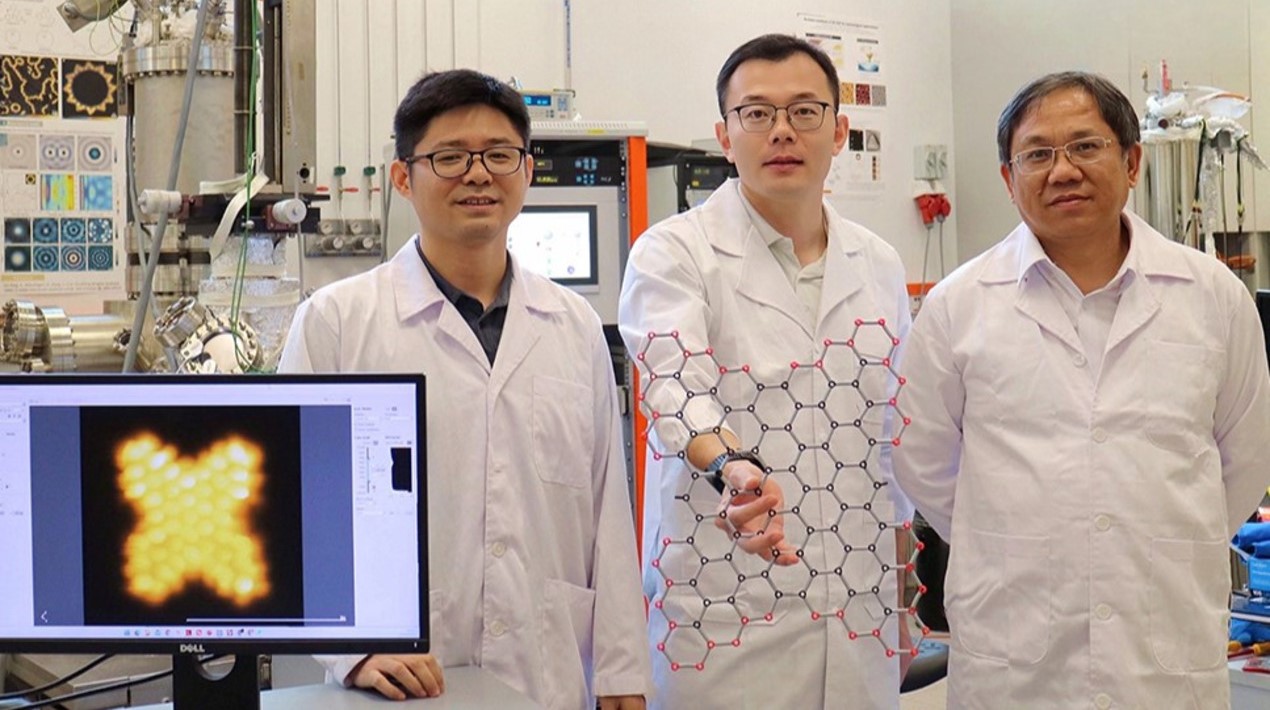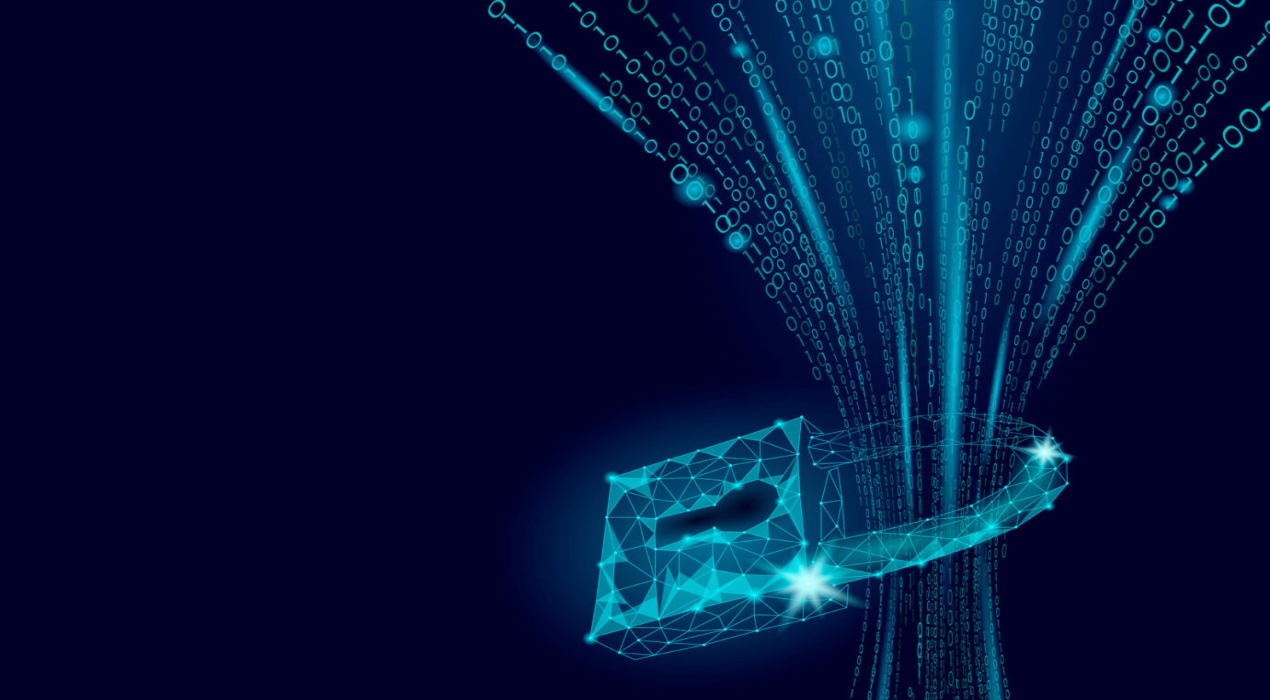
The goods and service tax (GST) e-invoice system has been active for three months and has facilitated the smooth transition of taxpayers onto the new platform. It has enabled more than 37,000 taxpayers to generate over 168 million Invoice Reference Numbers (IRNs) since the National Informatics Centre first inaugurated it.
Initially, in the first month, October, the system registered 49.5 million inputs. In November, the generation of e-invoices increased to 58.9 million, and 60.3 million in December. According to a press release, the response of the system is good and the generation of IRNs has been hassle-free during the period.
However, there have been common errors such as repeated requests on the same document number, simultaneous requests on the same document number, or requests with validation or calculation errors. Proactive measures have been taken by the NIC Help Desk, including communicating with taxpayers about the issues through email, telephone calls, and by suggesting corrective measures. This has brought down the number of errors. NIC has also started sending daily updates to IRN users about the number and value of the IRN generated by each user.
Currently, there are three modes of generation of IRNs in the NIC system. The first is the direct API interface of the ERP system of the taxpayer with the NIC system. The second is the API interface of the ERP system of the taxpayer through GSP with the NIC system. The last is using the offline tool for the bulk uploading of invoices and generating IRNs.
The government has reduced the aggregate turnover cut off to INR 1 billion per annum for the generation of IRN by the taxpayers from January. NIC has already enabled the API and offline tool-based sites for these taxpayers. The release added that NIC is also geared up with adequate infrastructure to handle the generation of e-invoices from these taxpayers from January. The NIC portal facilitates the big taxpayers, whose turnover is more than INR 5 billion, to enable direct API access to their suppliers and clients from their systems.
Keeping the requirements of small taxpayers in view, NIC has developed the offline Excel-based IRN preparation and printing tool, called NIC-GePP tool. This application will allow the taxpayers to enter the invoice details, prepare the file to upload on the NIC IRN portal, download the IRN with a QR code, and print the e-invoice with a QR code.
Data from a State of Tax Justice report showed that India is losing over IN 75,000 crores in tax, due to global tax abuse. Implementing e-invoice will help mitigate this tax evasion, keep track of fake invoices that are issued, and ensure a common database is available to tax authorities, which will help in driving tax compliance, a news report has said. Further, e-invoicing can help bridge the gap in data reconciliation to reduce mismatch errors and data entry errors. It will also be possible to track invoices prepared by the supplier on a real-time basis, which reduces audits by the tax authorities since the required data will be available at the transactional level.
E-invoicing will also help address concerns regarding data reconciliation and issues that the taxpayers have been facing, since the implementation of GST. This will also help in interpretability and readability of the invoice formats, irrespective of the software that is used, the report said.
















